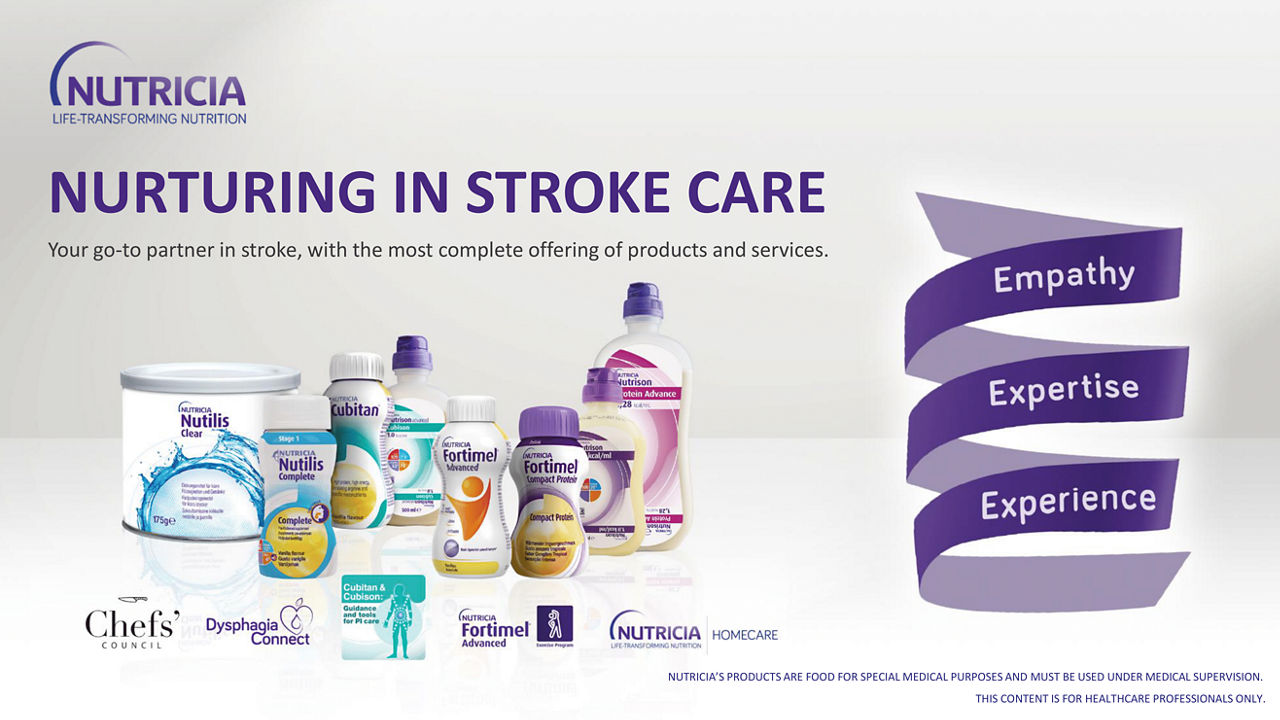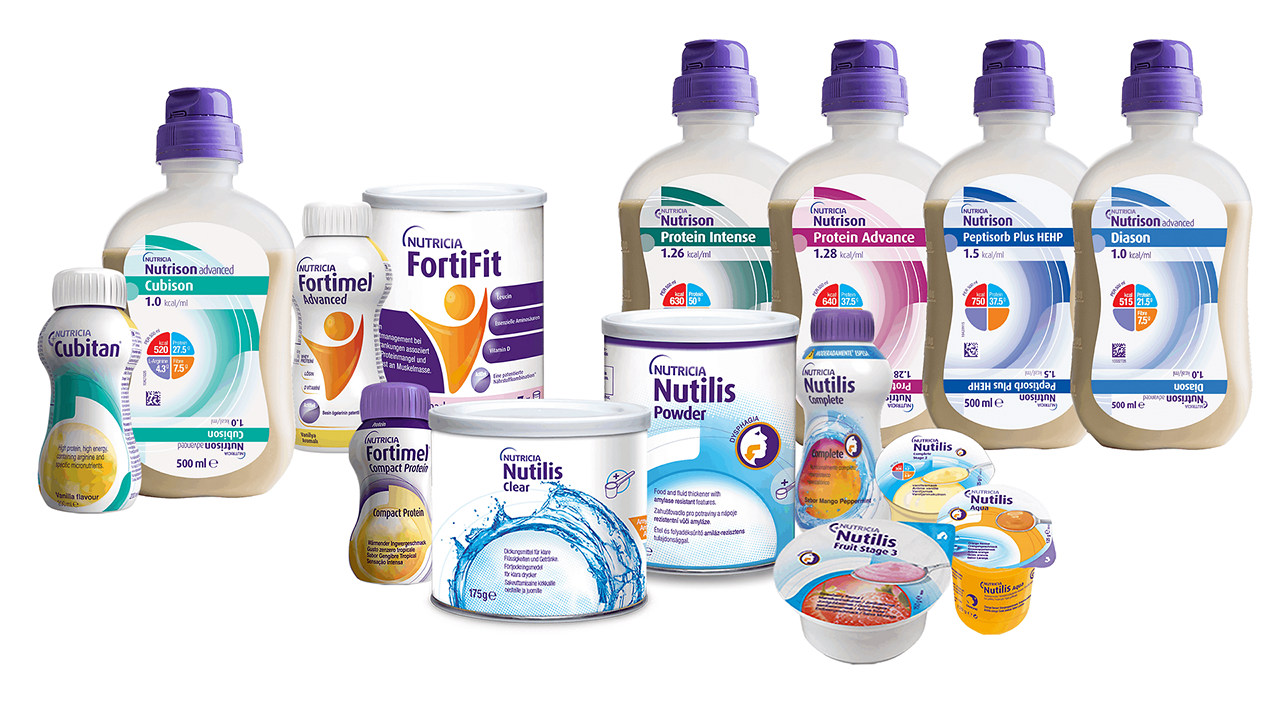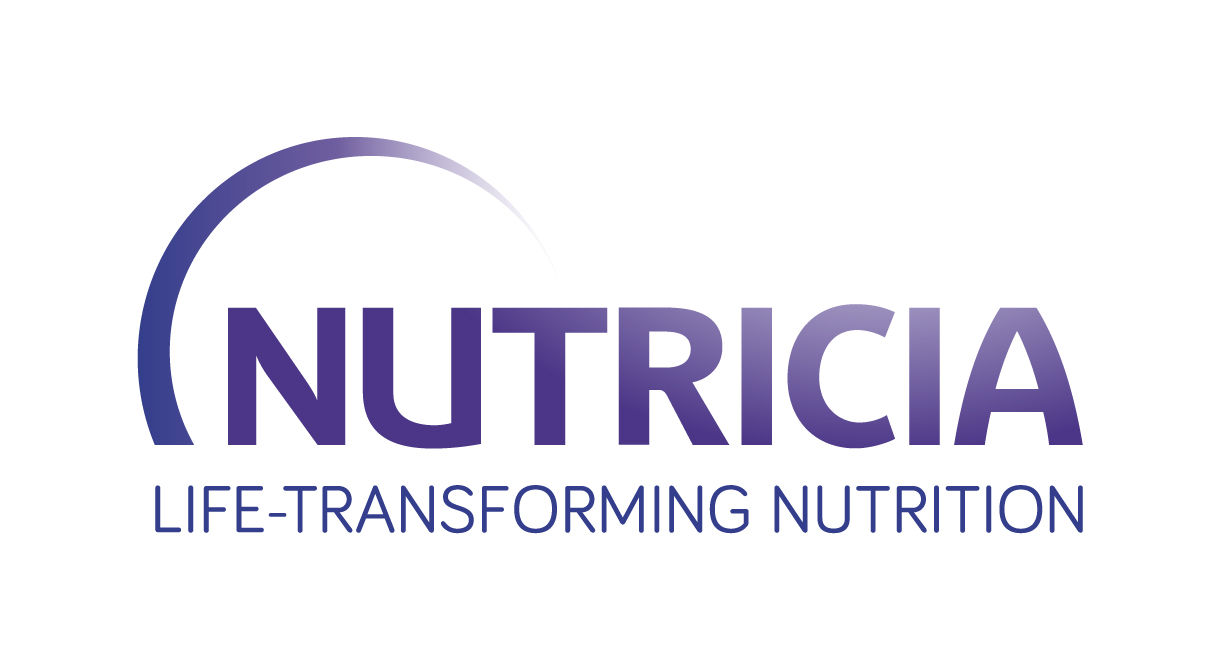Malnutrition in stroke
Poor nutritional status (malnutrition) in stroke patients refers to deficiencies or imbalances in energy and/or nutrient intake during the period following stroke. Impaired nutritional status occurs frequently across stroke recovery journey with a new systematic review showing that >30% stroke patients in acute and >50% in recovery phase have poor nutritional status1.
Malnutrition is strongly associated with worsened outcomes after stroke2 and malnourished stroke patients have higher rates of pressure injuries, UTIs, chest infections and GI bleeds. Impaired feeding in stroke patients is also associated with sarcopenia3. Furthermore, malnutrition is an independent risk factor for poor functional prognosis4. In addition, poor nutritional status may contribute to increased healthcare costs due to treatment of complications, extended length of stay and readmissions5. Moreover, a poor nutritional status after stroke almost doubles the risk of mortality6. Yet despite the high prevalence, negative clinical impact and increased healthcare costs related to malnutrition after stroke, the situation often goes under-recognized and undertreated healthcare costs related to malnutrition after stroke, the situation often goes under-recognized and undertreated1,7.





